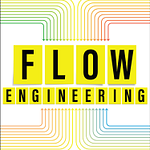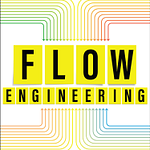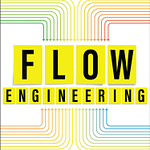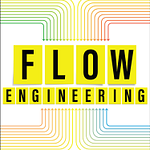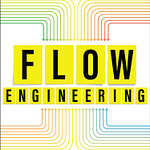Last week, I had the pleasure of speaking at the Agile to Agility conference, hosted by Miljan Bajic. I shared a case study on the process of aligning an organization around a customer-centric mindset with Flow Engineering in one of my clients. It all started with mapping a few streams, and has become a massive reorganization initiative involving all of IT for the enterprise, all aligned to customer value, flow, and value streams.
Overview
This is the story of an organizational transformation sparked by necessity and desperation. An 85th percentile lead time of 600+ days.
The transformation is fuelled by an appeal to the organizations core values, and what the business truly cares about most. Hard choices need to be made, priorities set, and focus established. Clarity is the missing element behind most transformation failures1. Without that, the messaging, ideas, and model falls flat.
The shift to a customer-first approach involved connecting work to specific customer needs, and creating ownership, not technical functions and taking orders as it had been.
As organizations move through transformation, there are always challenges in getting leadership and teams to embrace change. It’s far easier and more comfortable to just change reporting structure, and split or combine departments, but when the current structure is falling far short of targets, dramatic changes need to drive dramatically changed outcomes.
Shifting from a functional, siloed structure to a more agile, stream-based approach requires assuring a lot of people that they can take ownership of customer problems rather than just implementing pre-defined solutions - and that it would be supported. I can’t overstate the importance of tailoring messages to different audiences, ensuring that everyone—from C-level executives to individual contributors—understood the value of the changes.
Key Takeaways:
Customer-Centric Mindset: To set the stage, we connected everything to the values of the company, in service of customers. We also illustrate how colleagues are customers to helps align teams and ensure clear communication about roles and responsibilities in the larger value chain.
Clear Communication Across All Levels: Using adaptable frameworks (like Flow Engineering, Wardley Mapping, and Team Topologies) allows stakeholders at different levels to understand the bigger picture, regardless of their focus area, and clearly connect all the dots from macro to micro.
Decoupling Services for Flexibility: Modularizing services and combining them to serve specific customer needs leads to more agile and tailored solutions, enhancing efficiency. We have dependencies, but we need to start and stay loose.
Visual Tools for Clarity: Visual representations of complex systems—such as network maps and team dependencies—are essential in ensuring that all teams understand both the current state and how the target state fits together.
Empowering Teams: Shifting to a model where teams solve problems independently rather than simply implementing solutions requires trust but leads to more clarity, ownership, and flow.
Change Management Through Early Wins: Demonstrating quick successes and measuring progress helps build trust and buy-in, facilitating broader acceptance of the transformation.
Aligning Personal Incentives: Connecting organizational changes with individuals’ personal motivations helps gain support for the transformation, making the change feel more relevant and beneficial to everyone involved.
By focusing on these principles, we successfully navigated the challenges of organizational change, creating a more aligned, agile, and customer-focused environment.
If you this approach sounds like something that you think could help your organization, I’d love to connect and hear more. Book a chat!
FLOW RETREAT
The Flow Collective has been aiming to do a retreat together to consolidate, develop and distill our latest thoughts into some more tangible assets to share, and spend time together in the real world for a change :)
The time has come to make it happen.
Would you be interested in something like 5-7 days in Mexico in February for that?
The goal would be something fairly small and intimate (~10 people), maybe 2 cohorts if there’s a lot of interest or challenging timing. 3 full days of programming, plus some time to have a little fun for those who can squeeze a day or two of sunshine and exploration! We’d love to have partners and spouses along as well and promise to keep them entertained if they’re not as flow-focused as you are ;)
What we’d tackle:
- How to combine and deploy a portfolio of practices for flow improvement
- Handling challenging cases and environments
- Applying systems thinking, TOC, flow, agility, scale, organization together in concert
Tell me what you think:
If you answered Yes! to attending and would like more information on pricing, please send a reply. We’re working on finalizing a more detailed agenda in the coming weeks and will share that out as soon as it’s complete.
https://www.oreilly.com/library/view/why-digital-transformations/9781523085361/







